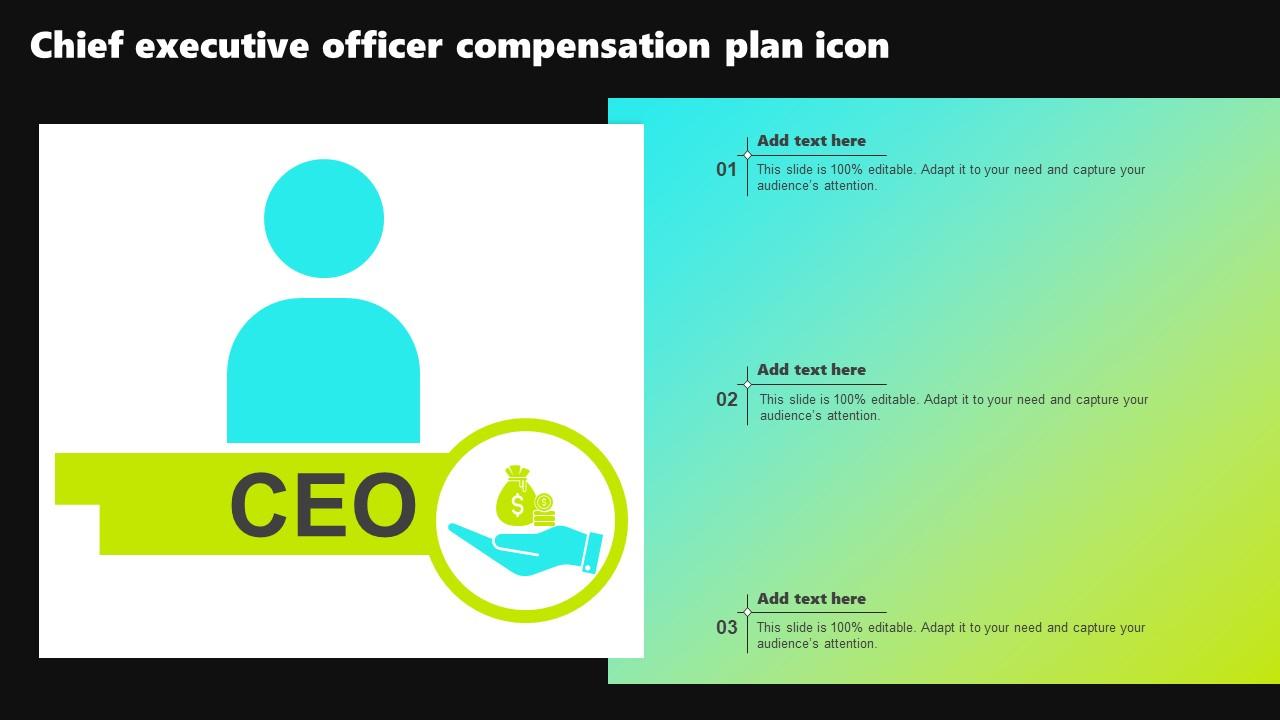In today's competitive business landscape, the role of a Chief Revenue Officer (CRO) has become increasingly vital for organizations seeking to optimize their revenue streams and drive growth. As the CRO plays a critical role in shaping a company's financial success, understanding the nuances of a Chief Revenue Officer compensation plan is essential for both employers and aspiring professionals in this field. This comprehensive guide will delve into the various aspects of compensation strategies, helping you make informed decisions.
A well-structured compensation plan for a Chief Revenue Officer can significantly impact the organization's ability to attract top talent and align executive goals with company objectives. Whether you're a business leader looking to design an effective compensation strategy or a professional aiming to understand the value of this role, this guide provides in-depth insights into the latest trends and best practices.
As we explore the intricacies of Chief Revenue Officer compensation, we'll uncover the key components that contribute to creating a competitive and motivating package. From base salaries to performance-based incentives, we'll cover it all to help you navigate this complex yet rewarding area of executive compensation.
Read also:Thad Luckinbill A Comprehensive Biography And Career Insights
Understanding the Role of a Chief Revenue Officer
Before diving into the specifics of compensation, it's essential to have a clear understanding of the responsibilities and expectations associated with the Chief Revenue Officer position. The CRO serves as a strategic leader responsible for overseeing all revenue-generating activities within an organization.
Key Responsibilities of a CRO
- Developing and implementing revenue strategies that align with business goals.
- Managing cross-functional teams, including sales, marketing, and customer success departments.
- Driving revenue growth by optimizing processes, technology, and customer relationships.
- Providing insights and recommendations based on market trends and data analysis.
By understanding the CRO's role, organizations can better design compensation plans that reflect the importance and complexity of the position.
Components of a Chief Revenue Officer Compensation Plan
A robust compensation plan for a Chief Revenue Officer typically includes several components designed to reward performance and incentivize long-term success. These components work together to create a balanced and motivating package that aligns with both individual and organizational goals.
Base Salary
The base salary serves as the foundation of a CRO's compensation. According to data from reputable sources such as the Bureau of Labor Statistics and industry reports, the average base salary for Chief Revenue Officers in 2023 ranges from $200,000 to $400,000 annually, depending on factors like company size, industry, and geographic location.
Performance-Based Bonuses
Performance-based bonuses are a critical component of a Chief Revenue Officer compensation plan. These bonuses are tied to specific metrics, such as revenue growth, market share expansion, and customer acquisition rates. By linking compensation to measurable outcomes, organizations can ensure that CROs remain focused on achieving key objectives.
Long-Term Incentive Plans
In addition to base salaries and performance-based bonuses, long-term incentive plans (LTIPs) play a significant role in CRO compensation. LTIPs often include stock options, restricted stock units, and other equity-based rewards that align the CRO's interests with the company's long-term success.
Read also:Katie Sigmond Faponic The Rising Star In The Beauty Industry
According to a survey conducted by the Compensation and Benefits Review journal, approximately 70% of companies include equity components in their Chief Revenue Officer compensation plans. These plans not only motivate CROs to drive sustainable growth but also help retain top talent over time.
Market Trends in Chief Revenue Officer Compensation
The compensation landscape for Chief Revenue Officers is constantly evolving, influenced by factors such as technological advancements, shifting market dynamics, and changing organizational priorities. Staying informed about these trends is crucial for designing competitive compensation packages.
Industry-Specific Variations
Compensation for CROs can vary significantly across industries. For example, technology and financial services companies tend to offer higher base salaries and more generous equity packages compared to other sectors. Understanding these variations can help organizations benchmark their compensation plans against industry standards.
Geographic Considerations
Location also plays a significant role in determining Chief Revenue Officer compensation. CROs in major metropolitan areas, such as New York, San Francisco, and London, often command higher salaries due to the higher cost of living and increased competition for talent in these regions.
Designing an Effective Compensation Plan
Creating a compensation plan that effectively motivates and retains Chief Revenue Officers requires careful planning and consideration of various factors. Below are some key steps to guide the process:
Aligning Compensation with Business Goals
Ensure that the compensation plan aligns with the organization's short-term and long-term objectives. By tying rewards to specific performance metrics, companies can incentivize behaviors that drive revenue growth and profitability.
Conducting Market Research
Perform thorough market research to understand current compensation trends and benchmarks. This information can help organizations design competitive packages that attract and retain top talent in the CRO space.
Best Practices for Chief Revenue Officer Compensation
To maximize the effectiveness of a Chief Revenue Officer compensation plan, consider implementing the following best practices:
- Regularly review and update the compensation plan to reflect changing market conditions and organizational priorities.
- Incorporate both short-term and long-term incentives to balance immediate performance with long-term success.
- Provide transparency in the compensation structure to build trust and alignment between the CRO and the organization.
Challenges in Chief Revenue Officer Compensation
Despite the benefits of a well-designed compensation plan, there are several challenges that organizations may encounter. These challenges include aligning compensation with diverse stakeholder interests, addressing pay equity concerns, and ensuring that the plan remains competitive in a rapidly changing market.
Addressing Pay Equity Concerns
Paying attention to pay equity is crucial for maintaining fairness and promoting diversity within the organization. By conducting regular audits and adjusting compensation plans as needed, companies can address any disparities and ensure that all employees are compensated fairly based on their contributions.
Conclusion
In conclusion, a Chief Revenue Officer compensation plan is a critical component of an organization's overall talent management strategy. By understanding the role of a CRO, incorporating key compensation components, and staying informed about market trends, companies can create packages that attract and retain top talent while driving revenue growth.
We encourage you to share your thoughts and experiences in the comments section below. Additionally, feel free to explore other articles on our site for more insights into executive compensation and leadership development. Together, let's continue the conversation about building successful organizations through strategic compensation planning.
Table of Contents
- Understanding the Role of a Chief Revenue Officer
- Components of a Chief Revenue Officer Compensation Plan
- Long-Term Incentive Plans
- Market Trends in Chief Revenue Officer Compensation
- Designing an Effective Compensation Plan
- Best Practices for Chief Revenue Officer Compensation
- Challenges in Chief Revenue Officer Compensation
- Conclusion


